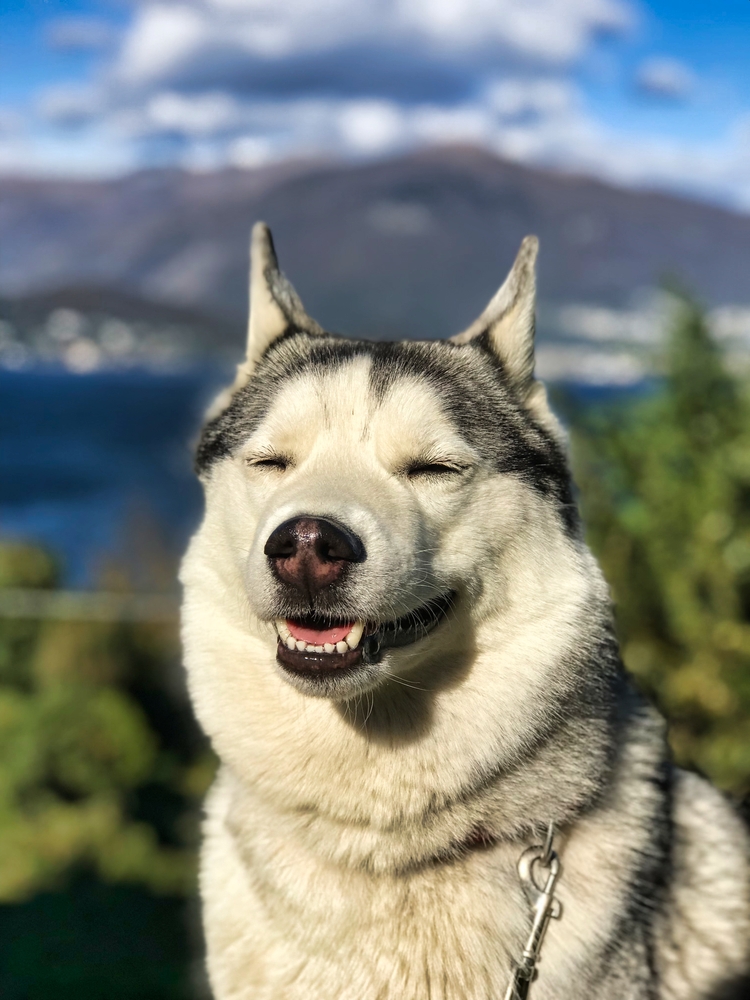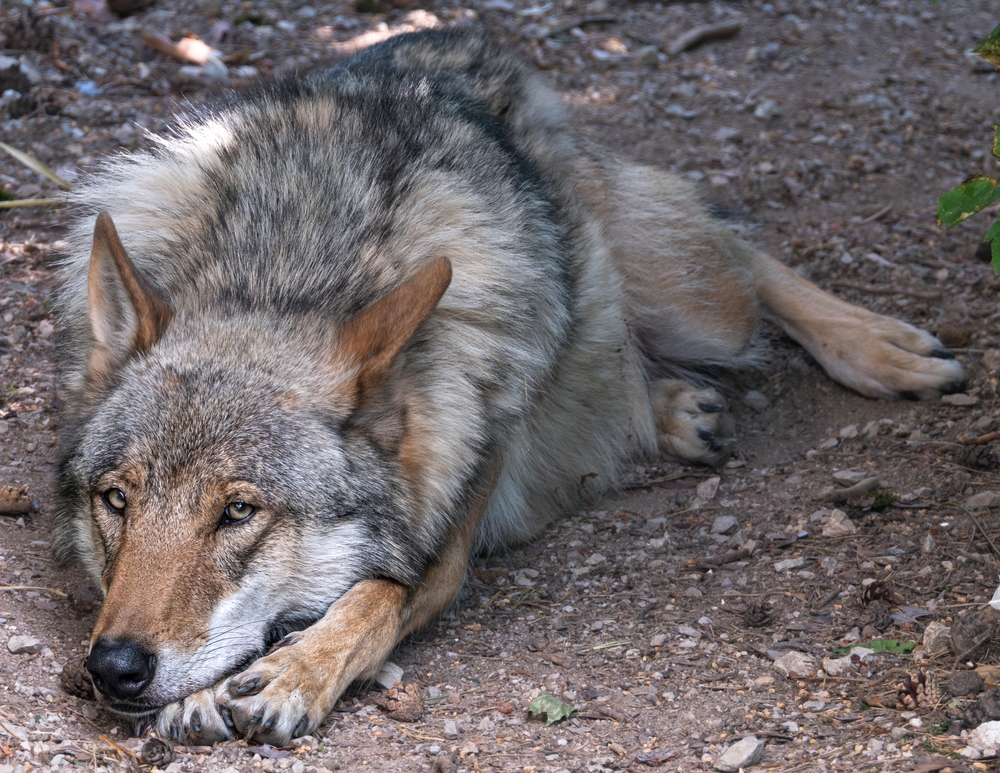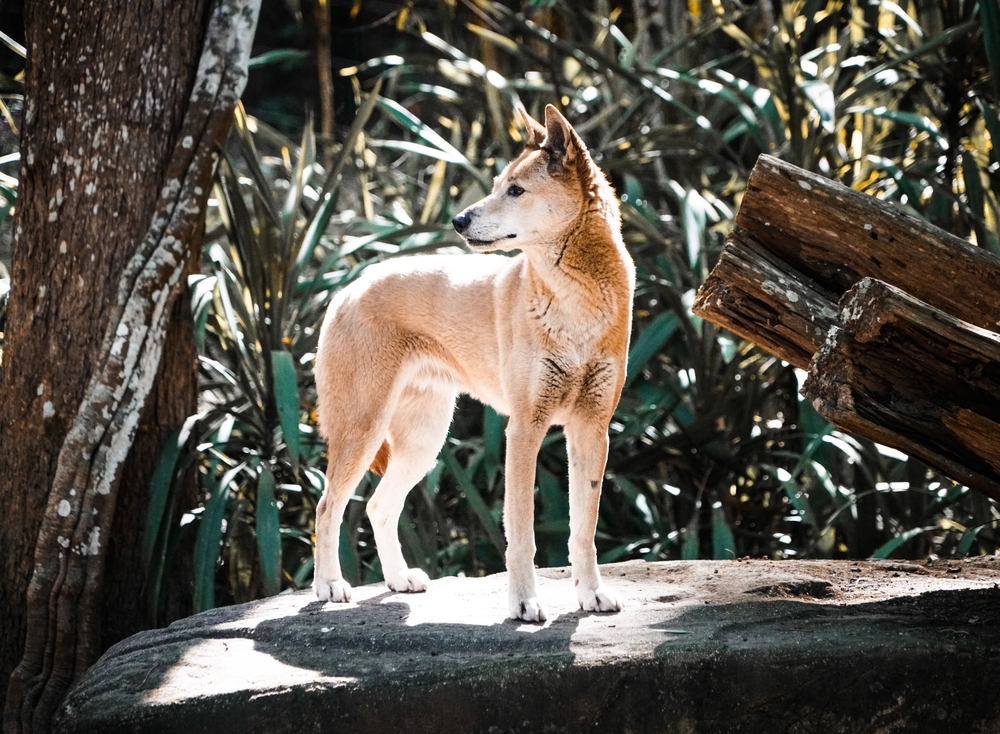There have been cases before of well-intentioned humans rescuing “dogs” from precarious situations before realizing it may not be a dog after all. Like the time people rescued a “dog” from a freezing river and it turned out to be a wolf. Or an adorable puppy dropped by a bird of prey that turned out to be a dingo. Below we list a few differences between all these animals, just in case you get a new furry friend.
One main indication is where you are located. Dingoes are predominately found in Australia and sometimes in Southeast Asia. Wolves, on the other hand, are not natively found in Australia. And dogs? Well, wherever humans are dogs will follow.
How are these animals related?
As we have all heard before, dogs are descendants of wolves, and the earliest domestication of wolves may have occurred in a single cave in Germany. The older dog breeds are genetically more similar to wolves than modern breeds. One of the telltale signs of this is whether the dog decides to howl (more closely related to wolves) or bark (less closely related).
Dingoes, on the other hand, were geographically isolated from wolves and domestic dogs for thousands of years, and genomic analysis has revealed they were an offshoot of modern dog breeds. One thought is that they were likely introduced by Asian seafarers around 3,500 years ago, although this is controversial to some Dingo charities.
Dingoes were declared a separate species in 2014, however, other people disagree with this.
How can you visually tell the difference between these animals?
Of course, it is easier to tell the difference between a chihuahua and a wolf or dingo. However, for the bigger dog breeds it may be more difficult.
Domestic dogs tend to be smaller and have shorter snouts, floppy ears, and smaller tails. This is called neoteny, where domesticated animals retain juvenile features through to adulthood, in dogs, this is to help create a stronger bond with humans. Dogs are also built wider and stockier compared to their wild counterparts.

Good doggo.
Image credit: Elmin Ferati/Shutterstock.com
There are many types of wolves: you can get Mexican, Eurasian, North American (Grey), Indian and Tibetan, Red, Ethiopian, Asiatic, and African golden wolves. Wolves tend to have a narrower build compared to domestic dogs, but are larger and heavier than dogs and dingoes. Wolves also mostly have yellow eyes, whereas dogs more commonly have brown or blue eyes.

Good wolfie.
Image credit: Echografie/Shutterstock.com
Dingoes are known to look like dogs but are not dogs. Looks-wise, it depends on where they live, however, the standard coat color is ginger with white feet (although they can be yellow, black, ginger, cream, sable, and white). Their body fur is often short and their tail bushy, with dingoes located in warmer climates having lighter coats.

Good dingo.
Image credit: Lifedorian/Shutterstock.com
Compared to domestic dogs, the dingo has more flexible joints, which means that they are more agile, and can dig, jump, and climb very well – allowing them to be great escape artists in captivity. The dingo jaw is able to open incredibly wide and it is one of their distinguishing features. They also have larger, sharper teeth that are evenly spread out in the mouth. Talking about heads, they also have broader heads and longer muzzles than wolves or dogs.
Are there any behaviors that are unique to these animals?
Wolves and dingoes cannot digest starches. As dogs developed alongside humans when they got into farming, this meant their diet contained more starch, this changed parts of their genome to allow them to easily digest the starches.
Dogs can breed almost any time of the year. However, dingoes and wolves are locked into an annual breeding cycle. This is because dogs have adapted to living with humans and getting regular food. In the wild, dingoes and wolves have much more seasonal feeding habits.
Can they interbreed?
Many canid species can interbreed and produce fertile offspring. In the US, there are thought to be more than 300,000 wolf-dog hybrids, which often occur when the female dog strays when they are “in heat” and finds a male wolf.
In Australia, dingoes and domestic dogs often breed with each other, this is a concern as many conservationists are concerned that dingoes may be interbred into extinction.
So, if you find a wandering lost pup that does not look quite like a dog, maybe take another glance and take it to your local animal center.
Source Link: Dogs, Wolves, Dingoes: What Are The Differences?